
Forest ecology, forest dynamics, forest management. Temperate and tropical.

Reposted by Martin Ehbrecht

Sehenswerte Vorlesungsreihe an der Uni Mainz @zukunftjgu.bsky.social
Kurzbericht:
www.reassembly.de/news/reassem...
www.youtube.com/watch?v=zIzT...

- ~80% of species have declined, with significant declines for >50%.
- The decline was similar across species traits and threatened status.
doi.org/10.1111/ddi.... @consbiog.bsky.social
Reposted by Martin Ehbrecht, Hansraj Gautam

just out in @natcomms.nature.com
www.nature.com/articles/s41...
🌐

Our new PNAS article calls for predictive tools and a World Biodiversity Research Programme to guide global action.
👉 doi.org/10.1073/pnas...
#Biodiversity #Conservation #PredictiveModels #PNAS
Reposted by Julia Koricheva, Tommaso Jucker, Martin Ehbrecht
Reposted by Oliver L. Phillips, Martin Ehbrecht


Please spread widely ✉️♥️▶️ & apply quickly 🙃
www.reassembly.de/the-team/job...

Reposted by Martin Ehbrecht

Reposted by Martin Ehbrecht
Reposted by Ben Bond‐Lamberty, Martin Ehbrecht

Using NFI data from Zambia we explore how climate and competition shape the crown allometries of Miombo woodlands 🌳📐
📜 onlinelibrary.wiley.com/doi/10.1111/...

Reposted by Jens‐Christian Svenning, Ana S. L. Rodrigues, Ben Bond‐Lamberty , and 12 more Jens‐Christian Svenning, Ana S. L. Rodrigues, Ben Bond‐Lamberty, Jonathan Lenoir, Mathias Disney, Neil Pederson, Andrea Santangeli, Antonio J. Pérez‐Luque, Martin Ehbrecht, Evan C. Fricke, Daniel Zuleta, Victor Danneyrolles, Roozbeh Valavi, Samuele Ramellini, Hansraj Gautam

The Global Canopy Atlas: analysis-ready maps of 3D structure for the world's woody ecosystems
📜: doi.org/10.1101/2025...
Huge team effort led by the brilliant Fabian Fischer!
Reposted by Martin Ehbrecht

🌲 It also features results from our Sardinilla experiment. #TreeDivNet.🌳
news.mongabay.com/2025/09/new-...
@uni-freiburg.de @idiv-research.bsky.social
Reposted by Tommaso Jucker, Martin Ehbrecht


Reposted by Pieter A. Zuidema, Emilio Vilanova, Martin Ehbrecht


Using tropical #treering data we found: diameter increment explains biomass growth at short term; wood density at long term.🌎🌐🍁
#dendrochronology
besjournals.onlinelibrary.wiley.com/doi/10.1111/...
Reposted by Pieter A. Zuidema, Martin Ehbrecht
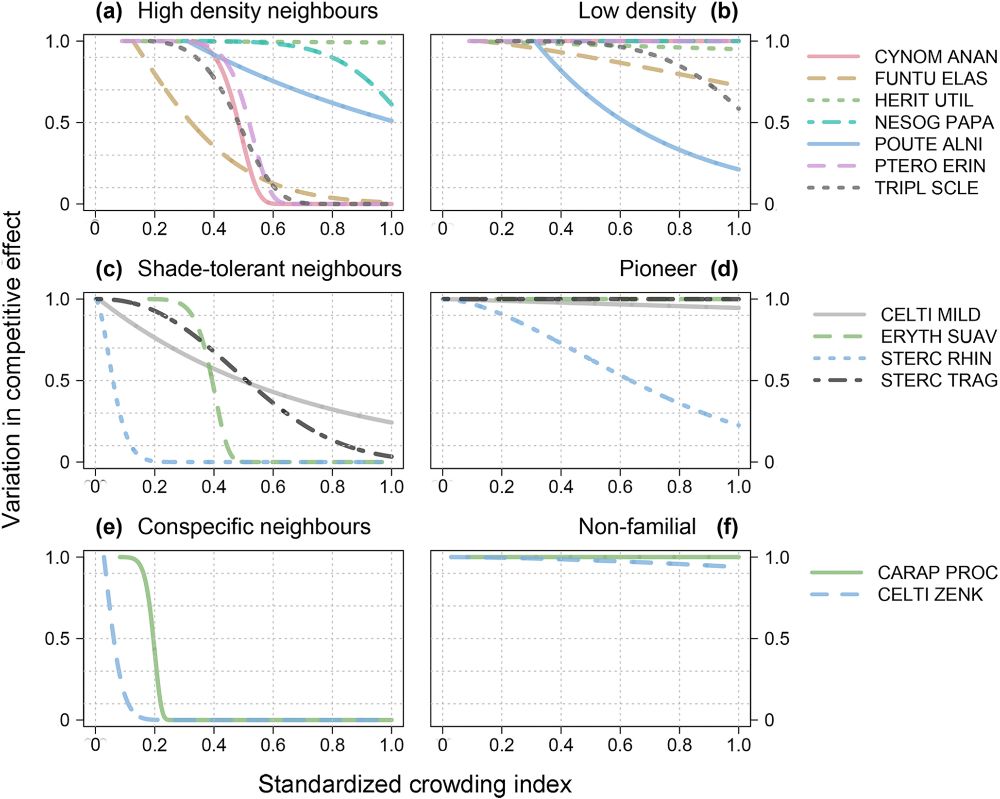
📰Tree competition in West African tropical forests mediated by the functional attributes of species and variation in soil moisture www.sciencedirect.com/science/arti...
Reposted by Martin Ehbrecht

Reposted by Martin Ehbrecht

Reposted by Pieter A. Zuidema, Martin Ehbrecht

buff.ly/Uv4aQ8d
Reposted by Martin Ehbrecht
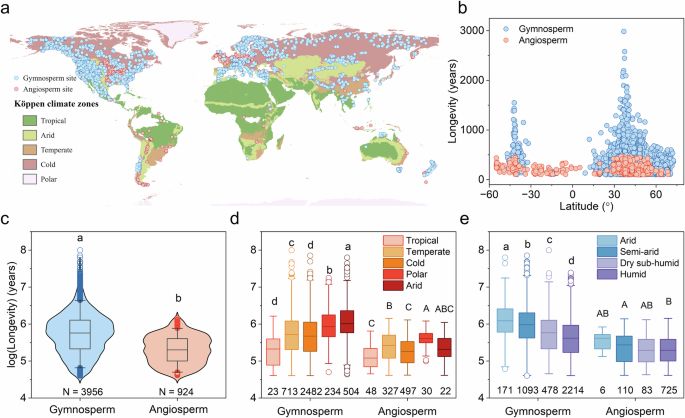
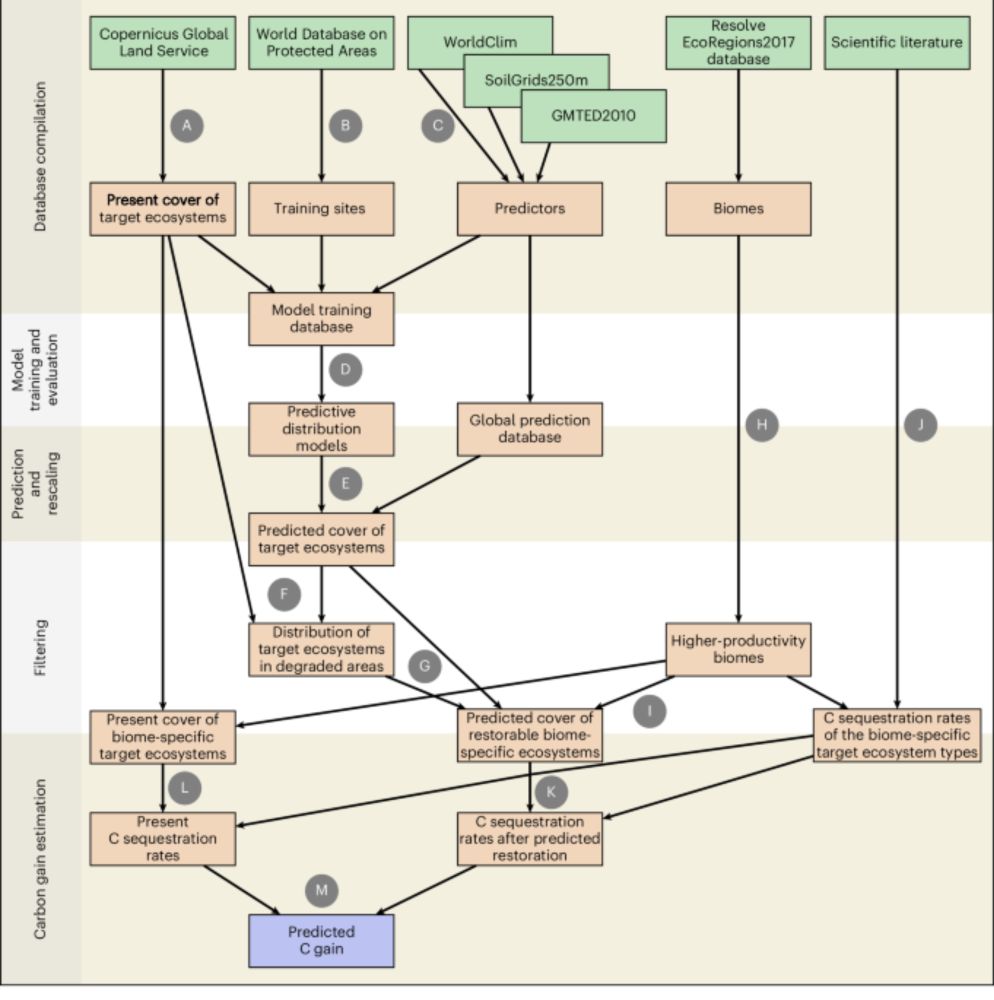
Reposted by Martin Ehbrecht, Darío Martin‐Benito
www.nature.com/articles/s41...

Reposted by Brian J. Enquist, Martin Ehbrecht
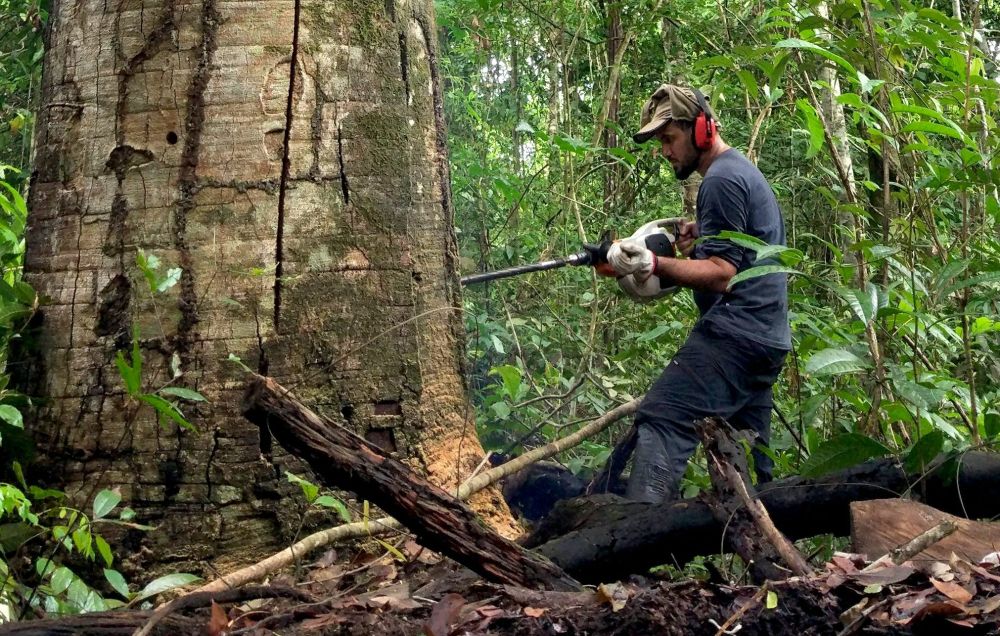
150 scientists contributed 1000s tree-ring data through Tropical Tree-Ring Network. This network unites tree-ring scientists & data. To fill tropical data gap all data are uploaded to International Tree-ring Databank.
tropicaltreeringnetwork.org
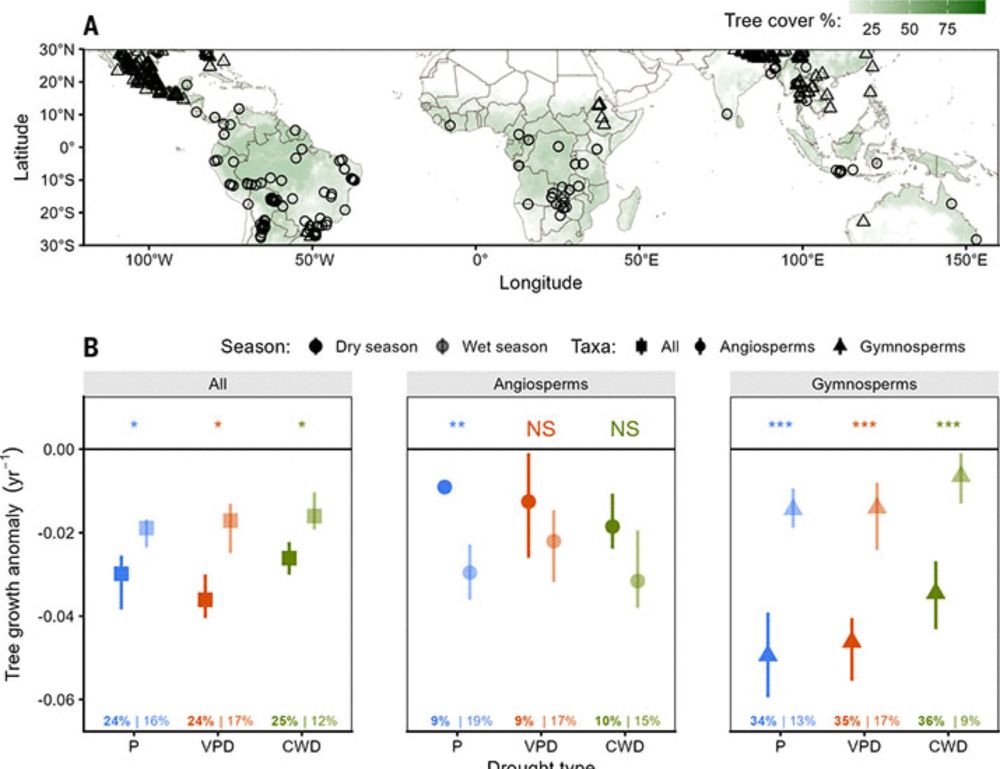
Our pantropical #treering analysis revealed 2.5% growth reduction during #drought years. Yet, growth declined by >10% in 1/4 of 500 study sites, and in hotter & drier regions.
doi.org/10.1126/scie...
🌍🍁🌐
(1/4)
Reposted by Jens‐Christian Svenning, Martin Ehbrecht
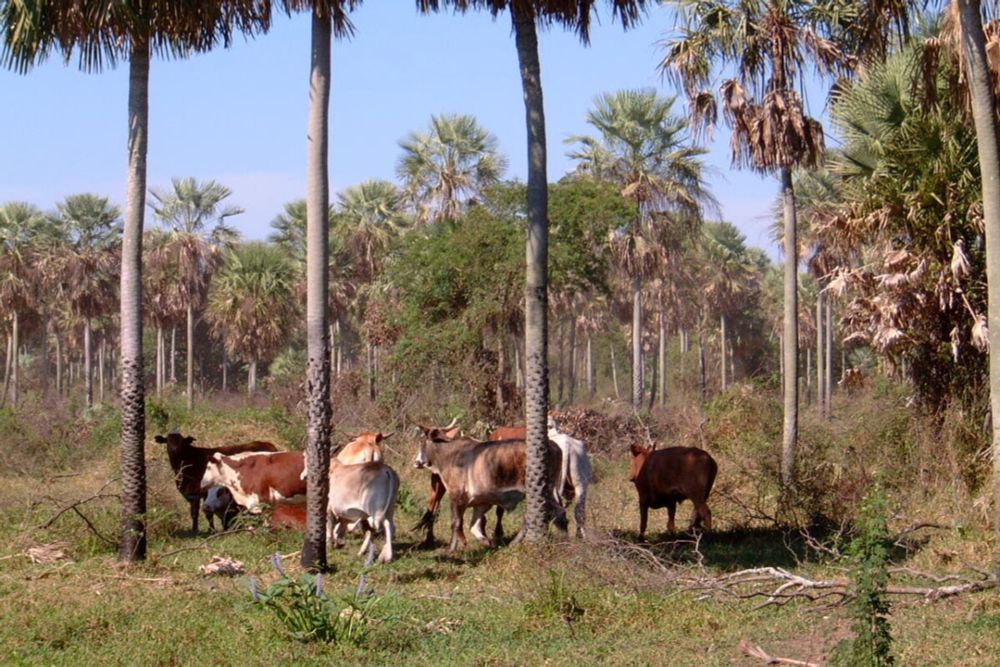
news.mongabay.com/short-articl...
@mongabaylatam.bsky.social @biogeoberlin.bsky.social
Reposted by Simon L. Lewis, Martin Ehbrecht


